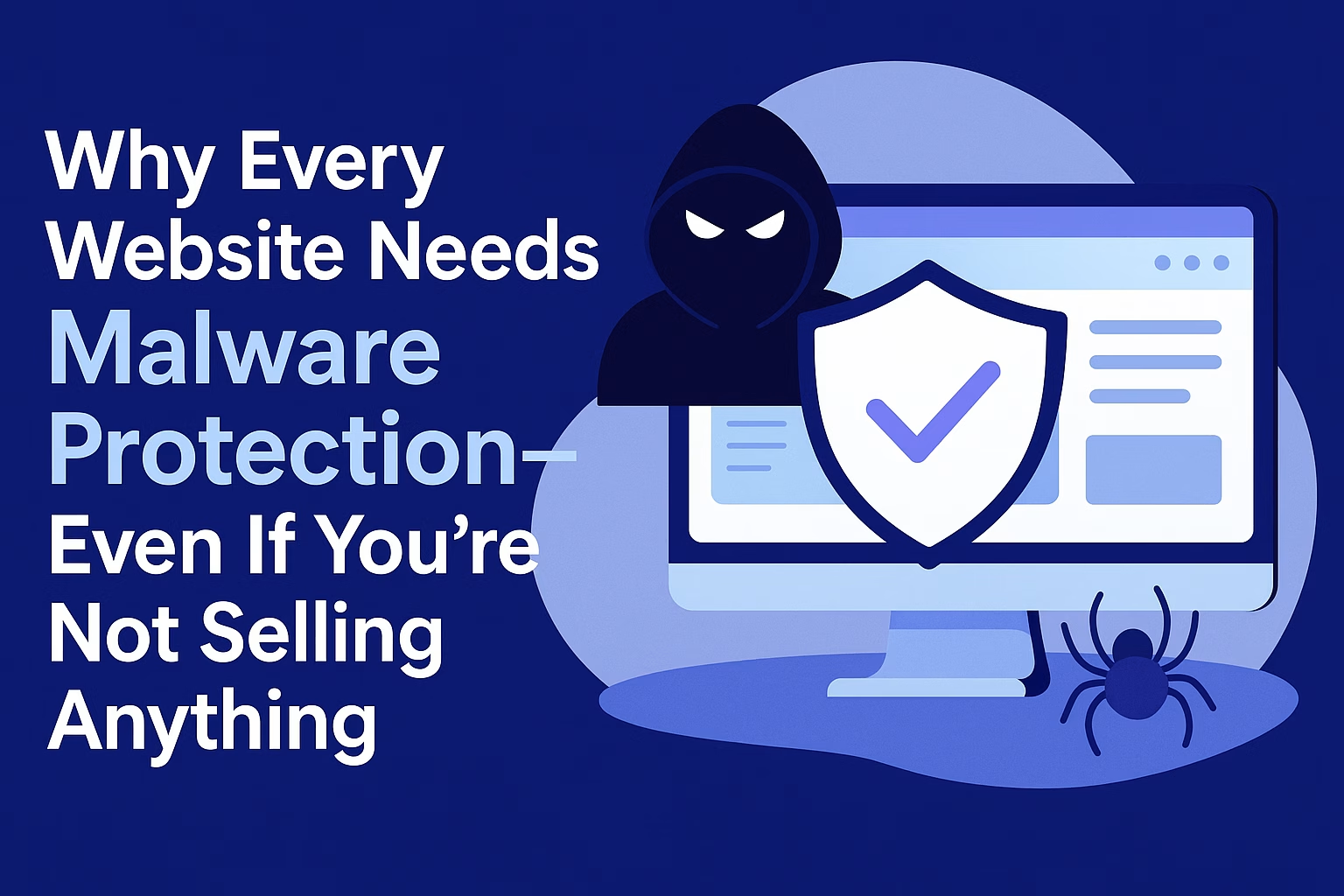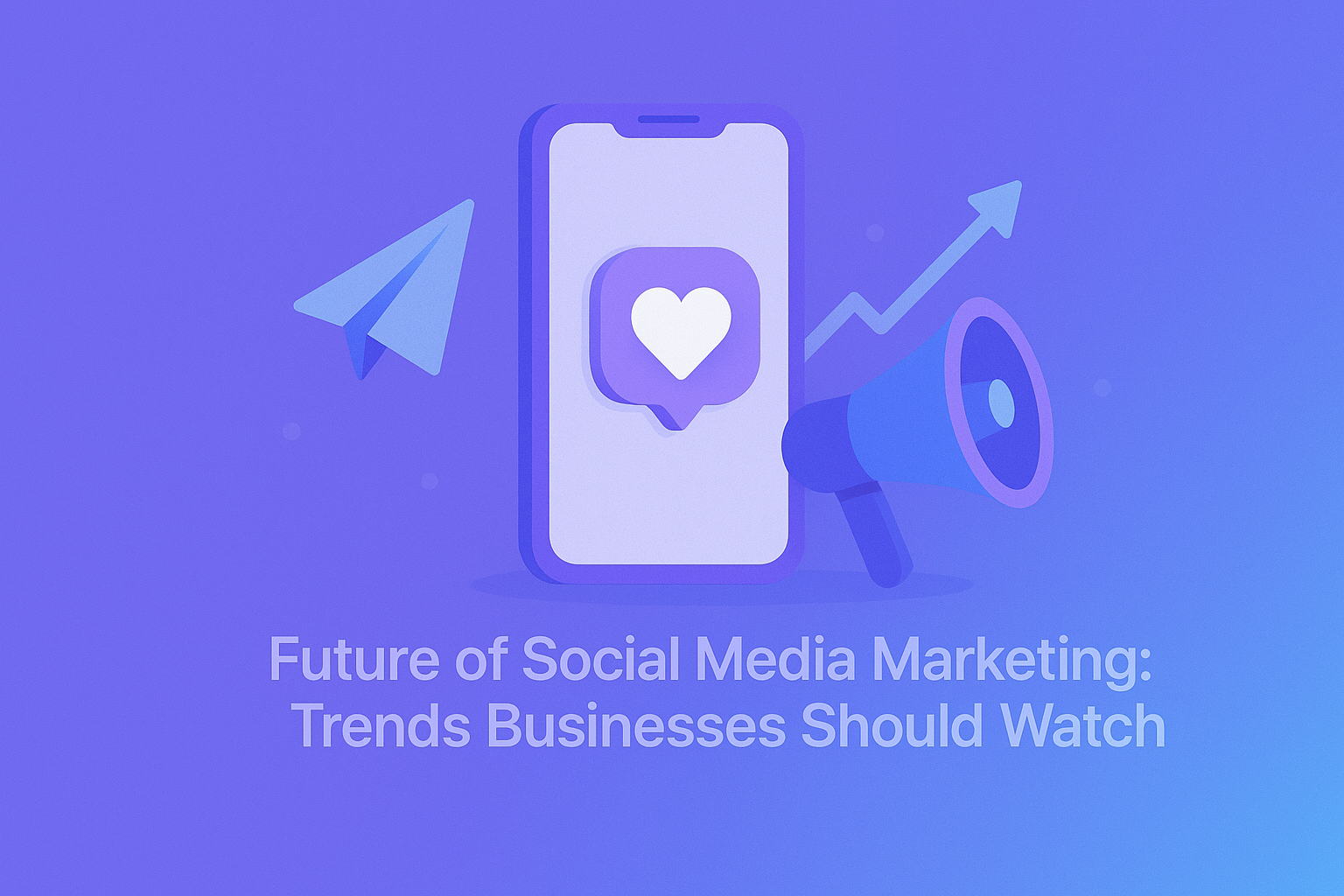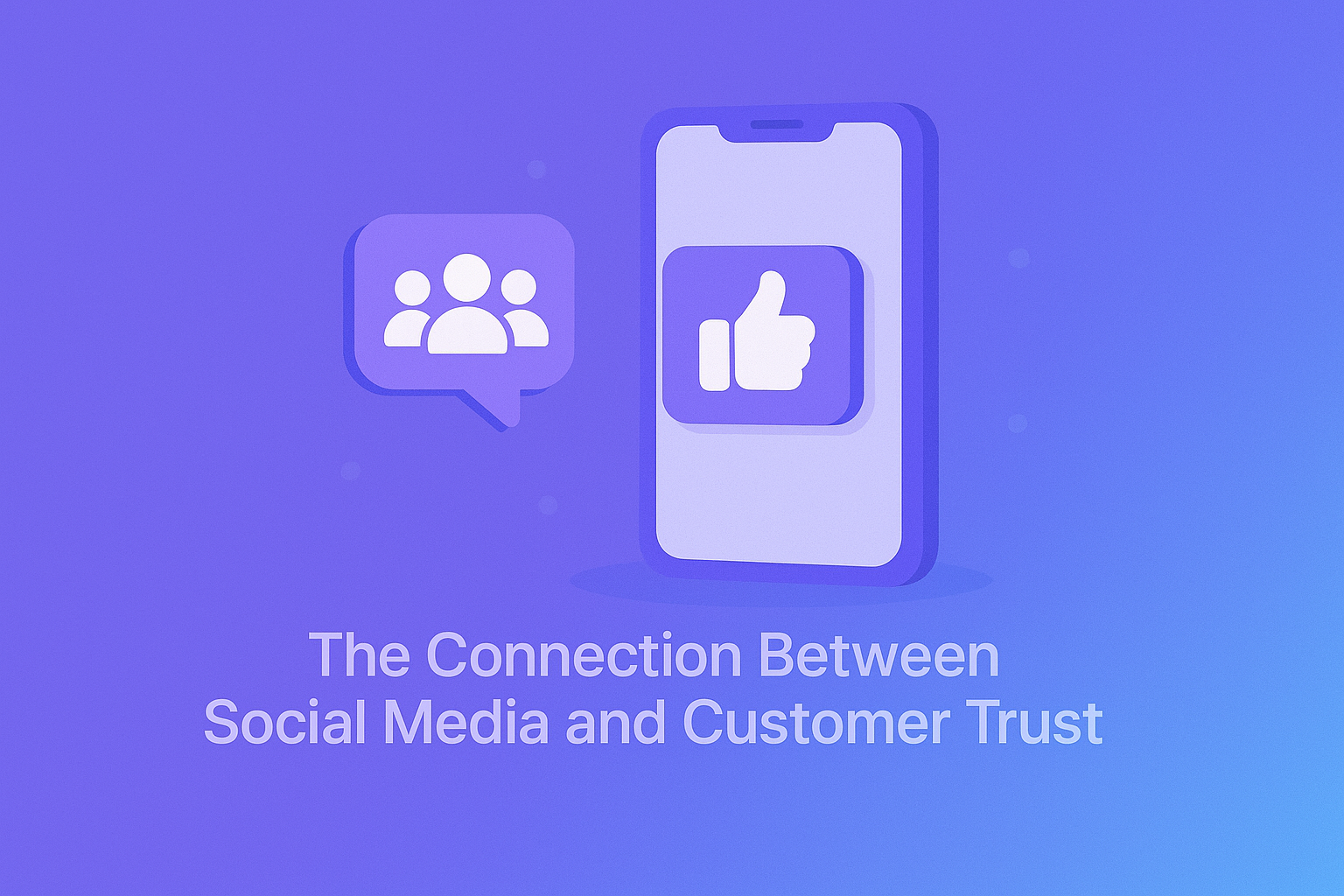Think your website is too small to be a target?
Think again.
Whether you run a personal blog, a portfolio site, or a simple “about me” page, your website is a valuable asset—and a potential target for cyberattacks.
Here’s the truth:
Most attacks today are automated, not personal. Bots scan the internet 24/7 looking for vulnerabilities—and they don’t care if you’re making money or not.
Let’s break down why malware protection matters for every site, even if you’re not selling products or collecting payments.
⚠️ 1. Malware Doesn’t Just Target eCommerce
Common types of website malware include:
-
SEO spam (injecting links to shady websites)
-
Redirect malware (sending your visitors to scam pages)
-
Defacement (replacing your homepage with something offensive)
-
Backdoors (silent access for hackers)
-
Crypto mining scripts (draining your server resources)
These don’t require a shopping cart.
They only need a site with outdated plugins or weak protection—which is often the case with small, personal websites.
🧨 2. Getting Hacked Hurts Your SEO and Reputation
Google is quick to flag and blacklist infected websites, even if the owner doesn’t notice the attack.
This leads to:
-
🚫 “This site may harm your computer” warnings in search results
-
📉 Drop in traffic and ranking
-
❌ Lost trust—even if your site is cleaned later
Protecting your site helps protect your brand—no matter the size.
🧪 3. You Might Not Even Know You’ve Been Infected
Some malware is stealthy by design. It hides in your files or database, quietly:
-
Inserting spam links
-
Harvesting visitor info
-
Sending spam emails from your domain
Without a scanner like SiteLock, you may not realize there’s a problem until a visitor tells you—or your host suspends your site.
🧼 SiteLock scans daily and alerts you instantly if something’s wrong.
💡 4. A “Simple” Website Still Uses Powerful Tools
Many small sites run on:
-
WordPress
-
Joomla
-
Drupal
-
PHP-based contact forms
These platforms are powerful—but if left unpatched or misconfigured, they become easy entry points for attackers.
SiteLock closes that gap by:
-
Scanning your core files
-
Detecting suspicious behavior
-
Automatically removing known malware (via SMART technology)
🛡️ 5. It’s Cheaper to Prevent Than to Repair
Cleaning up a hacked website can cost:
-
💰 Money (developer or security expert)
-
⏳ Time (downtime, cleanup, restoration)
-
😓 Stress (dealing with lost data or reputation damage)
Adding SiteLock is simple, affordable, and proactive. It works in the background so you can focus on content—not on fighting off attackers.
🚀 Get Malware Protection with PLiKhost
At PLiKhost, you can add SiteLock Website Security to any hosting plan:
-
✅ Daily malware scans
-
✅ Automatic malware removal
-
✅ Reputation & blacklist monitoring
-
✅ Web Application Firewall (WAF)
-
✅ Easy setup—no coding needed
Even if your site is “just a blog,” it deserves to be protected.
🟢 Ready to secure your website?
Add SiteLock at PLiKhost and stay protected from day one.






